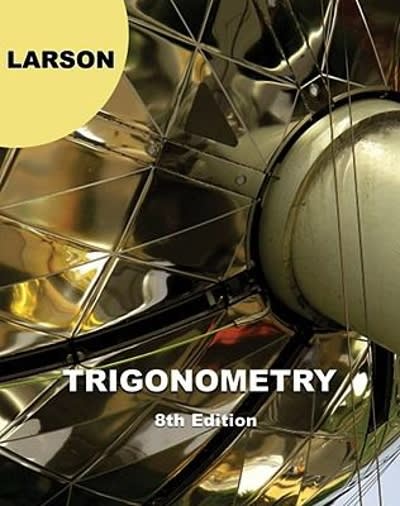Question
A company is conducting a draw to identify winners for their annual customer rewards sweepstake. It classifies its customers in 2 groups, Group A, who
A company is conducting a draw to identify winners for their annual customer rewards
sweepstake. It classifies its customers in 2 groups, Group A, who spend between $1000 and
$10,000 per year at company's stores and Group B, who spend more than $10000 per year at
company's stores. Total rewards available are 850, 200 of which are allocated only for Group
B customers; remaining 650 are available to both Group A and B. In the past years, draw was
conducted in 2 rounds, in Round 1, 200 customers from group B were selected; and in Round
2, 650 customers were selected from Group A customers and unselected Group B customers
from Round 1. But a data analyst in the company identified that this process puts Group B
customers (higher spenders) at a disadvantage. If we reverse the process, i.e. if we first select
650 customers from entire Group A and B customers and then select 200 customers from
unselected Group B customers, probability that a group B customer will win the draw will
increase by 15%.
Based on this information, if there are a total of 2000 customers in Group A and B combined,
how many customers are in Group A and Group B independently?
Step by Step Solution
There are 3 Steps involved in it
Step: 1

Get Instant Access to Expert-Tailored Solutions
See step-by-step solutions with expert insights and AI powered tools for academic success
Step: 2

Step: 3

Ace Your Homework with AI
Get the answers you need in no time with our AI-driven, step-by-step assistance
Get Started


